Size: 1 packet
Cosmos are beautiful, easy-to-grow annual flowers that are known for their daisy-like blooms and ability to attract pollinators like bees and butterflies.
Here’s a comprehensive guide to Cosmos – Seeds care:
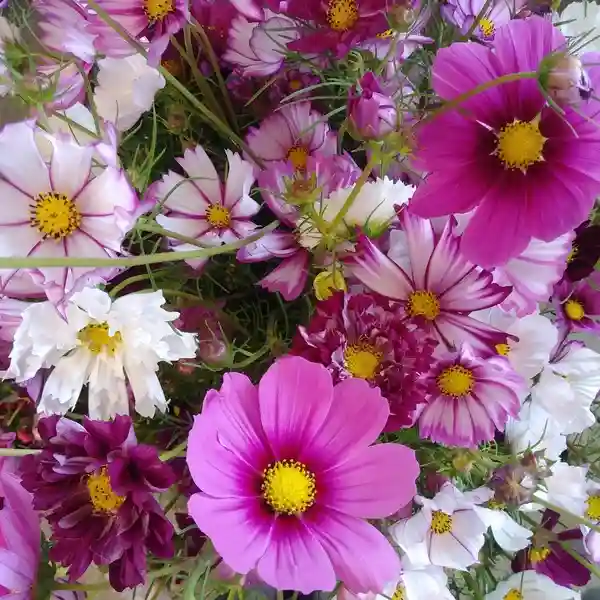
1. Sunlight and Location:
- Cosmos thrive in full sun, meaning at least 6 hours of direct sunlight per day. More sun generally leads to more blooms.
- They can tolerate some shade, but flowering may be reduced.
- Choose a location with good air circulation to prevent fungal diseases.
2. Soil:
- Cosmos prefer well-drained soil. They are adaptable and can grow in various soil types, including sandy, loamy, or even poor soil.
- They prefer soil that is not too rich, as high nitrogen can encourage foliage growth at the expense of flowers. Avoid over-fertilizing your cosmos.
- A slightly neutral to slightly alkaline pH is ideal.
3. Watering:
- Water cosmos regularly, especially during dry spells or droughts.
- Once established, they are somewhat drought-tolerant, but consistent moisture will promote better blooming.
- For cosmos in containers, water more frequently, as pots dry out faster.
4. Fertilizing:
- Cosmos growing in garden beds generally do not require fertilizer.
- If growing in containers, you can feed them with a balanced liquid fertilizer every couple of weeks throughout the summer to encourage optimal flowering.
5. Planting:
- When to Plant: In India, cosmos can be sown throughout the year depending on the region.
- Summer: Sow seeds from April to July (night temperatures of 25-30°C).
- Rainy Season: Sow in mid-June and transplant by mid-July.
- Winter: Sow in mid-September and transplant by mid-October.
- Early Summer: Sow in February and transplant by March.
- From Seed:
- Direct Sowing: After the last frost (or according to the regional planting times above), prepare a well-draining bed. Scatter seeds on the soil surface and lightly cover them, then water thoroughly.
- Starting Indoors: For an earlier bloom, start seeds indoors 4-6 weeks before the last expected frost. Use a good quality, well-draining seed compost. Once seedlings have a few true leaves, they can be transplanted outdoors after the danger of frost has passed.
- Spacing: Thin seedlings to 12-18 inches (30-45 cm) apart to allow for good air circulation and growth. If growing taller varieties without staking, you can space them a bit closer for mutual support.
6. Staking:
- Taller varieties of cosmos may need staking to prevent them from flopping over, especially in windy conditions.
- You can stake individual plants with bamboo canes or use pea or jute netting stretched horizontally over the plants.
7. Deadheading:
- Regular deadheading is crucial for prolonged flowering. This means removing spent or faded blooms.
- To deadhead, follow the stem down from the flower and cut just above the first set of leaves. This encourages the plant to produce more buds and flowers, extending the bloom season until the first frost.
- You can also cut cosmos for indoor arrangements, which serves the same purpose as deadheading.
8. Pests and Diseases: Cosmos are generally robust, but they can occasionally be affected by:
- Fungal Diseases:
- Powdery Mildew: White, powdery spots on leaves. Ensure good air circulation and avoid overcrowding. Horticultural fungicides can be used if severe.
- Fusarium Wilt & Bacterial Wilt: Cause wilting and discoloration. Unfortunately, infected plants usually need to be removed and destroyed to prevent spread.
- Botrytis Blight: Flowers turn brown and fuzzy, especially in humid conditions. Remove affected parts and ensure good air circulation.
- Pests:
- Aphids, Thrips, Spider Mites, Mealybugs: These sucking insects can cause stunted growth, distorted leaves, and yellowing. Use insecticidal soap, horticultural oil, or strong blasts of water to dislodge them.
- Leafhoppers: Can transmit Aster Yellows, a viral disease that causes distorted, stunted flowers and yellowed foliage. Infected plants should be removed.
9. Propagation:
- Cosmos readily self-seed, meaning they will drop their seeds and often grow back the following year. If you want to control where they grow, deadhead before seeds mature.
- You can also collect seeds from dried flower heads at the end of the season to sow the following spring. Note that self-sown seedlings may not be true to the parent plant due to cross-pollination.
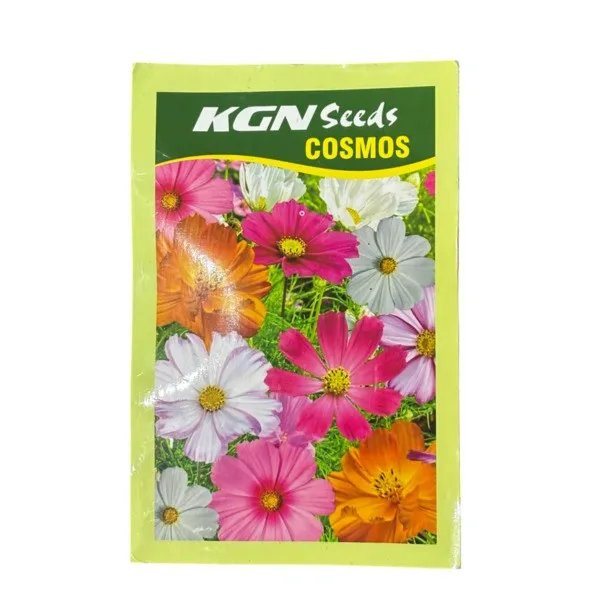
Cosmos – Seeds
With proper care, cosmos will provide a vibrant display of cheerful blooms in your garden from summer through fall.
Only logged in customers who have purchased this product may leave a review.

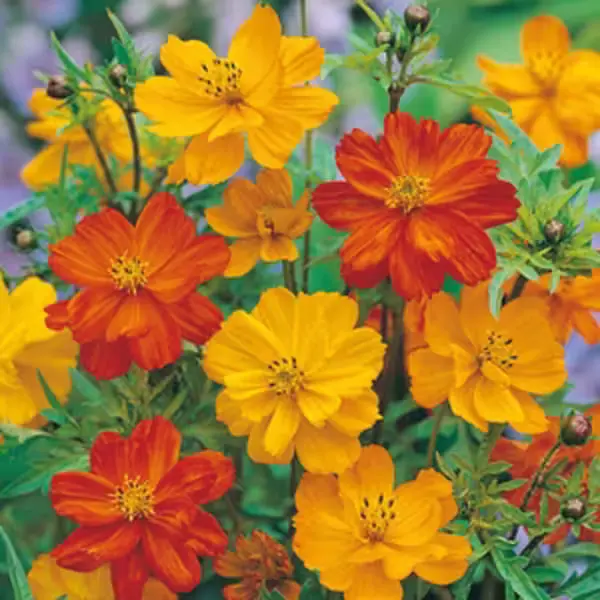
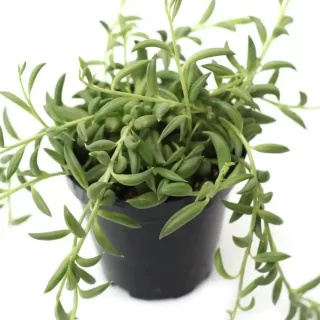
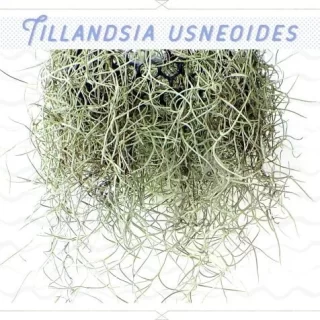

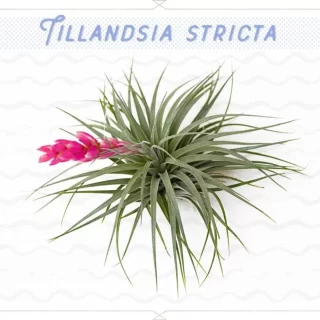




 If you need any assistance, I'm always here. Have you found what you were looking for?
If you need any assistance, I'm always here. Have you found what you were looking for?
Reviews
There are no reviews yet.